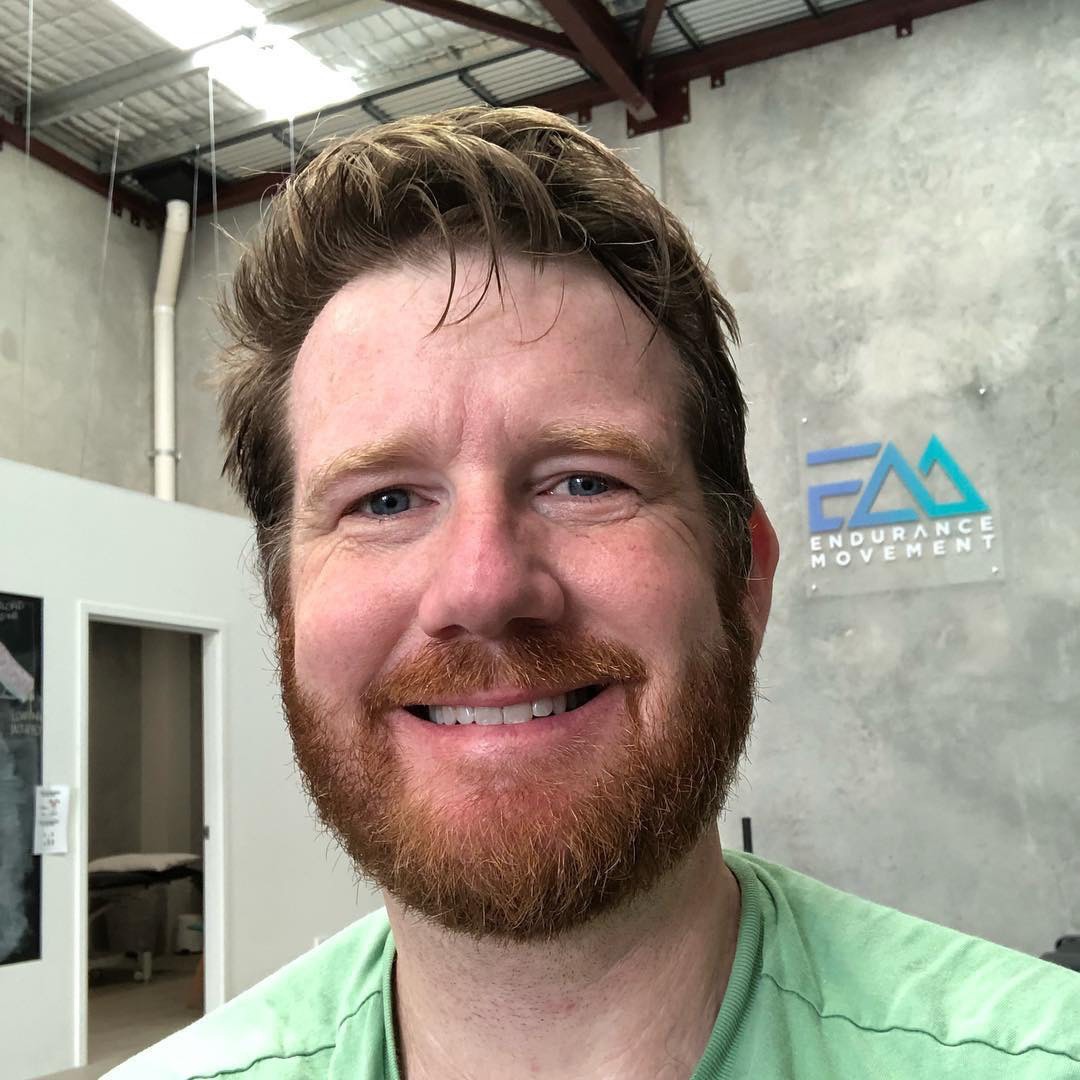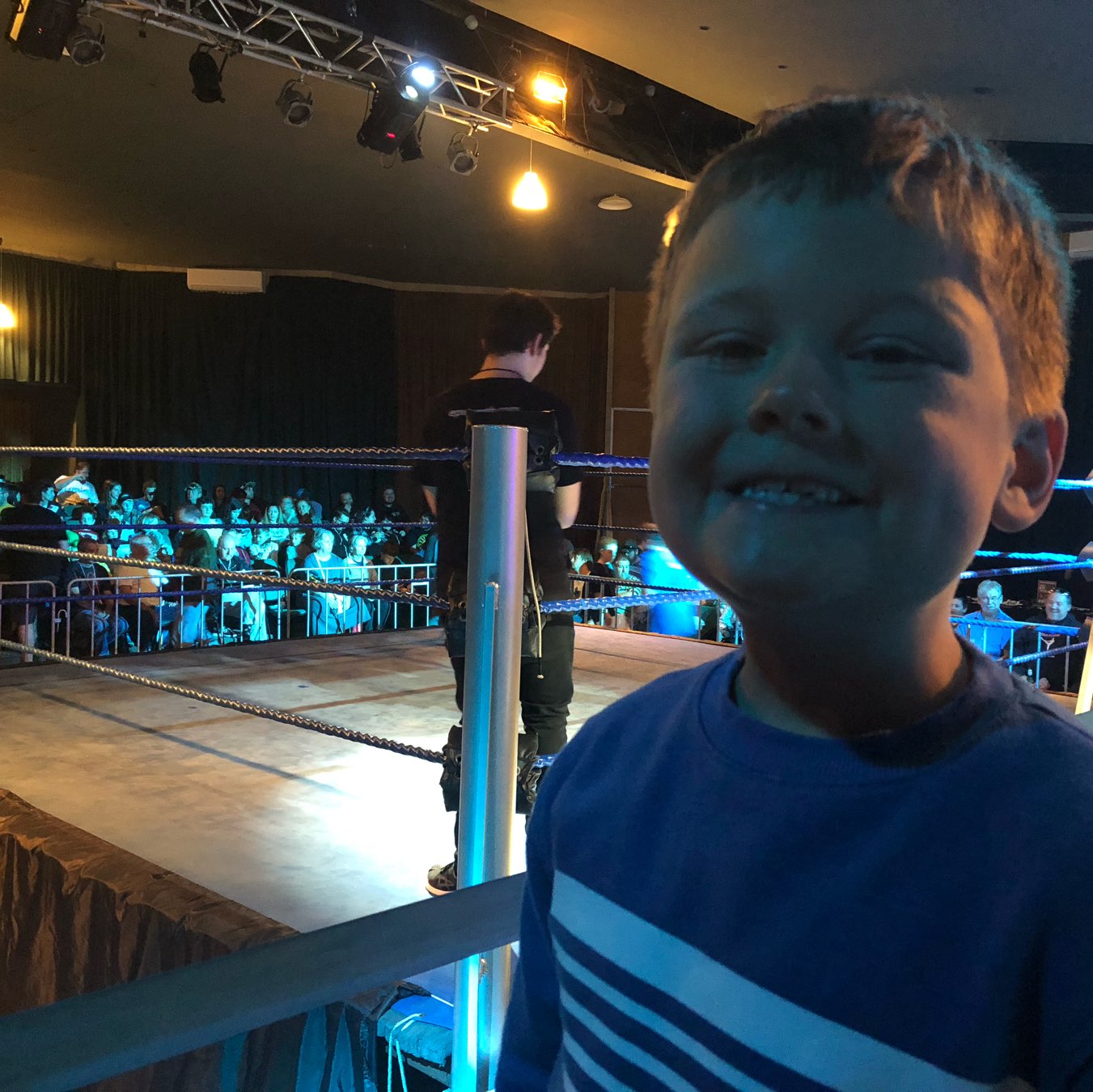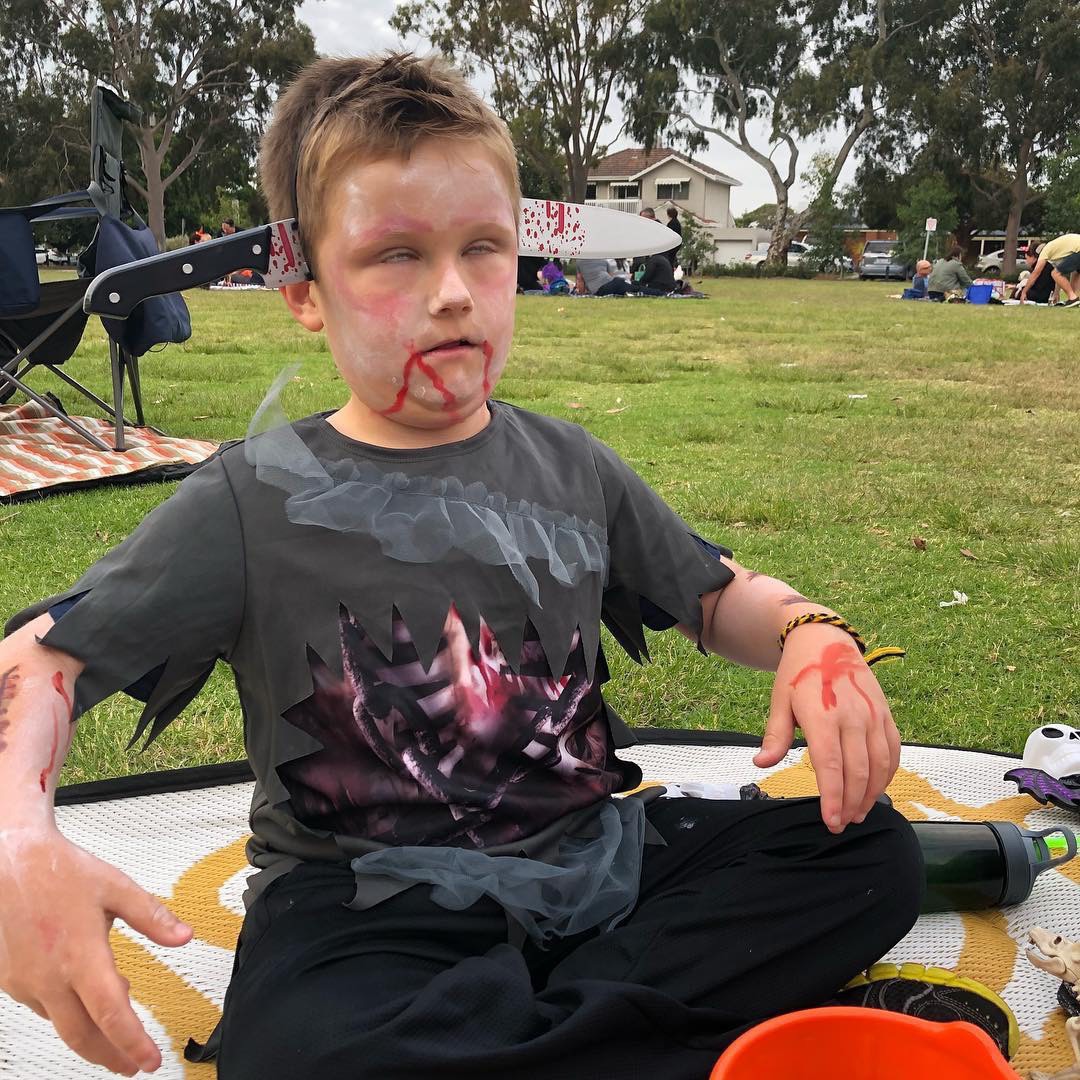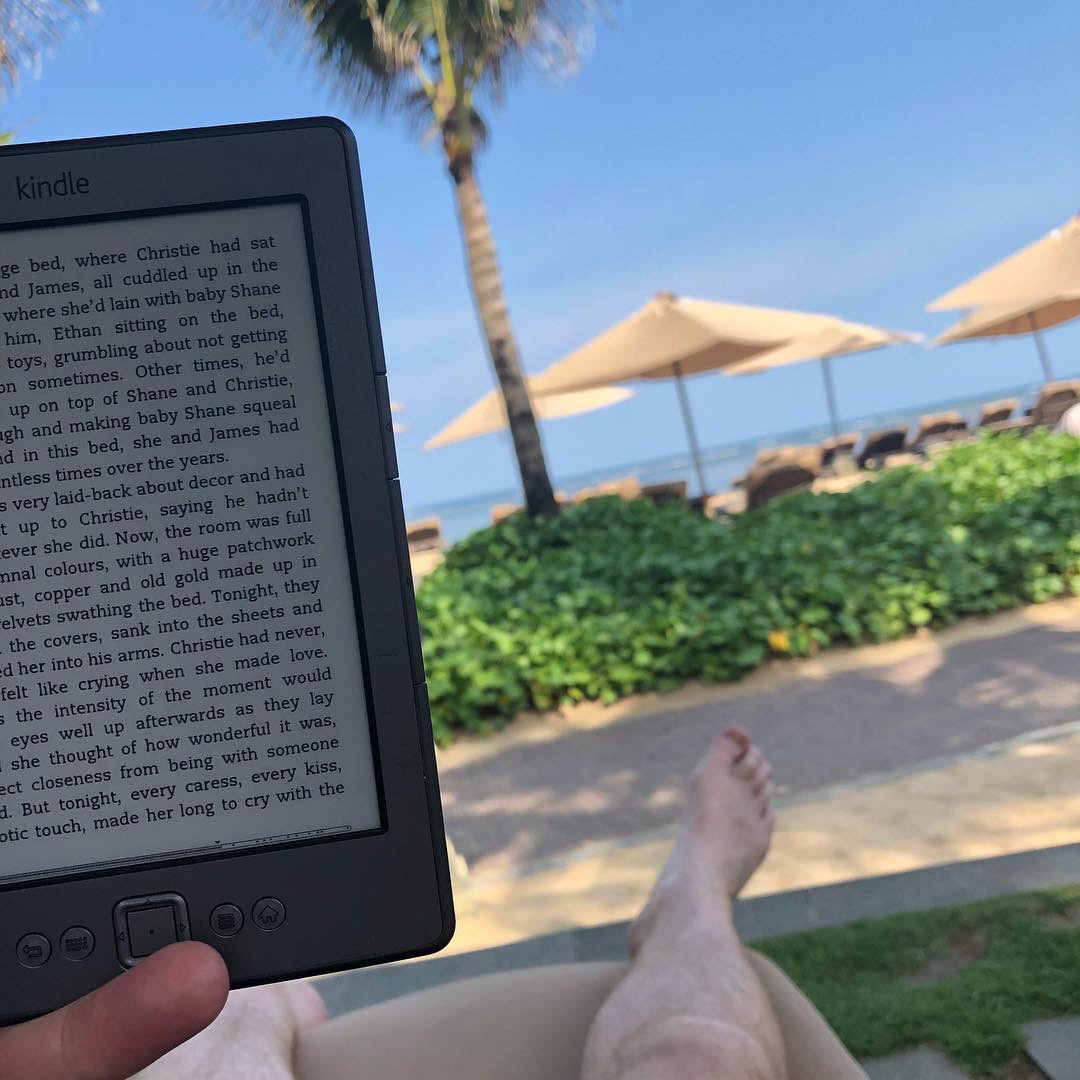Work has generously provided me with a Linkedin Learning (formerly Lynda) account. So now, on what should I educate myself?
Work has generously provided me with a Linkedin Learning (formerly Lynda) account. So now, on what should I educate myself?
When your kid gets hold of your phone.

Workout complete. #fatfit

Durham’s $1 Million Plan to ‘Nudge’ Drivers Out of Cars
“This is simply giving you the opportunity to make a different choice,” he said. “Feel free to make any choice you want.”
Behavioural Economics in action.
I had the opportunity to tour Google’s Sydney HQ today. An interesting environment, but not one I’d enjoy working in day in, day out.
A nice place to have a beer today.

I ran the thought experiment as to which new Apple computer I would buy to replace my 2013 MacBook Pro. End result: wait for the next release of the iMac which will feature a T2 chip amongst its upgrades, and use my current iPad Pro as my laptop.
EPW Wrestling! Let’s go!

Using my iPhone 8+ with a Microsoft foldable keyboard at a coffee shop, writing in Ulysses, is an extremely pleasant way of working.
Pi-Hole is doing good work blocking ads on my home network.
Zombie!

Boy Swallows Universe by Trent Dalton was outstanding. I listened on Audible and both the story and the performance were brilliant. A must read.
My first Raspberry Pi project has been successful. I’ve got Pi-Hole running as a network-level ad blocker benefiting every device on my network while also having my Google WiFi pucks apply their ‘adult site’ blocking.
One of the joys of having a good ol’ southern boy with us - he makes a mean sweet tea!

It’s Raspberry Pi night. Mine arrived today. Soon as the kids are in bed, I get to have a play.
I’ve finally got my CV on my website displayed in a timeline format that I have long wanted.
Today I simplified my home page on the Internet. These changes always take more time to complete than anticipated.
Seeya Bali. Benji out!

Just managing to cope.

I took the boy jet skiing today. I thought we would be driven around, right up until the driver got off and told me how to start it. 15 minutes later I’m a jet ski pro! Got to love Bali.